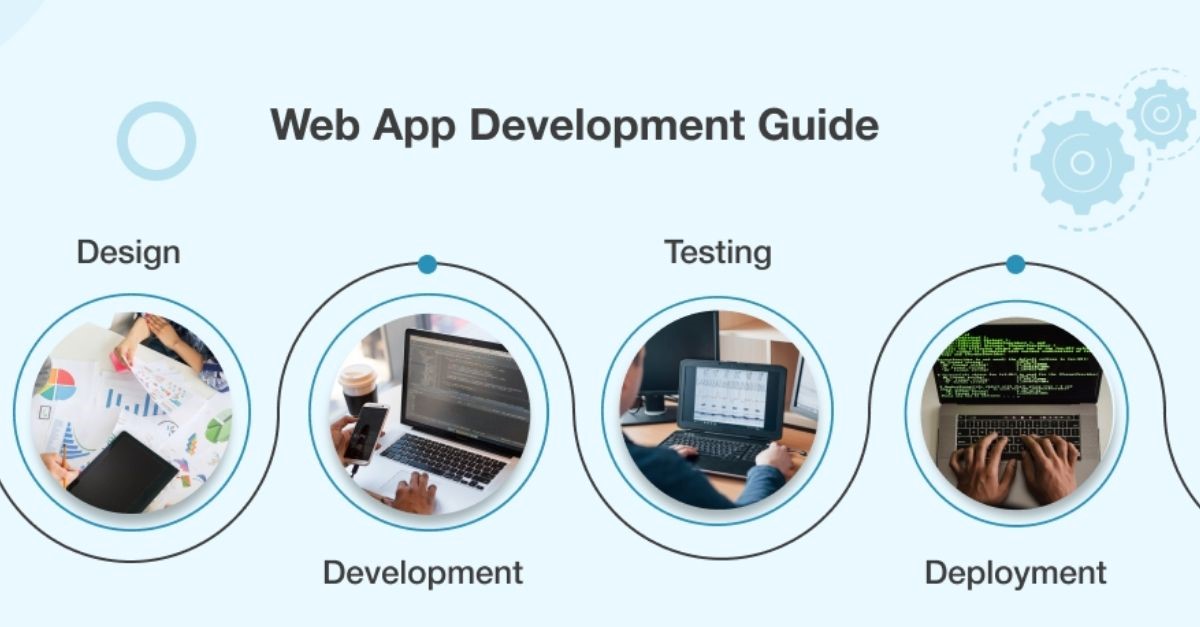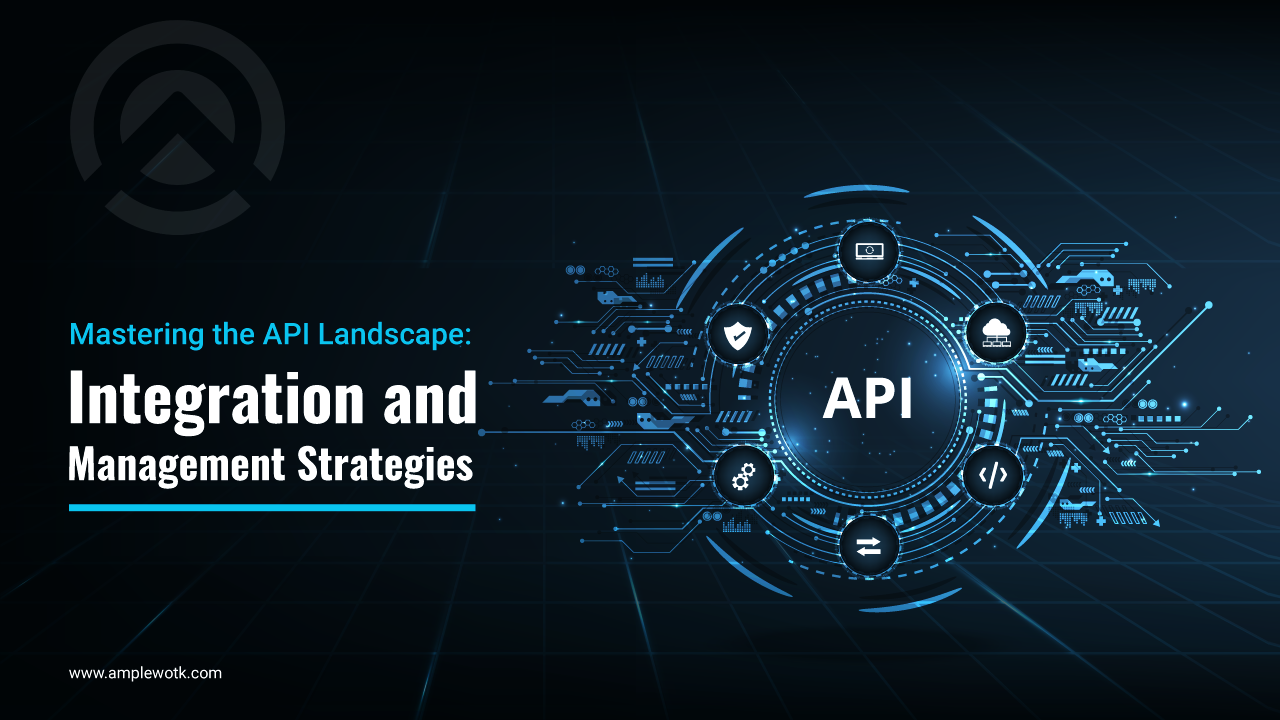In today’s software technology era, systems and their applications mostly depends on API’s (Application Programming Interfaces) for communication and to exchange data. API testing plays most important role to ensure the reliability, functionality and the performances of these API’s. With the increasing demand of applications and complexity for faster performance, the API testing automation has becoming a essential need for testing and development teams.
What is API Testing?
API Testing is kind of application that depends on testing the functionality, reliability and performance of all APIs. It includes the sending requests to the endpoint of API and then examines their responses to confirm that they are meeting the expected specifications and behavior. API testing can perform at different stages of the lifecycle of software development, by including the integration testing, unit testing, and the system testing. Same like, the Foreign exchange data, also famous as transferring currency and forex data that refers to the statistics and information. And all the data is about exchange rates between the different international currencies.
Testers and developers can ensure the problems by testing APIs thoroughly and solve the issue in the functionality, security, data integrity and performance. Effective API testing minimizes the risk of bugs and vulnerabilities, enhances the user experience, and promotes seamless integration between systems.
Types of API Testing
API testing encompasses various types of tests that evaluate different aspects of an API. Here are few steps that will guide you step by step:
Unit Testing: Verifies the individual components and functionality of an API.
Functional Testing: Validates the behavior and functionality of API endpoints and responses.
Performance Testing: Assesses the API’s response time, scalability, and resource usage under different load conditions.
Security Testing: Ensures that the API is secure and protected against potential vulnerabilities and attacks.
Error Handling Testing: Checks how the API handles various error scenarios and returns appropriate error codes and messages.
What is API Testing Automation?
API testing automation includes the usage of specialized frameworks and tools to automate the API tests execution. Automation accelerates and simplifies the process that allows testers and developers to perform all the tasks more effectively and efficiently.
It enables continuous testing and integration, making it an integral part of Davos and Agile development methodologies. There are various Free Forex API in the market but the one ELK Layer API is the best API people are using now a days.
API testing automation refers to the automated execution of API tests using software tools and frameworks. It involves writing test scripts that mimic API calls and verifying the responses against expected results. The main benefits of API testing automation include:
Time and Cost Efficiency:
Automation of API Testing reduces the effort and time to apply the testing manually, and allow the team members for focusing on other related critical tasks.
Repeatability and Consistency:
You can run API Testing Automation repeatedly with accurate results, reduce the risks of all human errors by apply the thorough and detail testing.
Increased Test Coverage:
API Testing Automation allows a large number of tests execution and to cover a wide range of edge and scenarios cases.
Faster Feedback and Continuous Integration:
Automation facilitates faster feedback on code changes and enables seamless integration of API testing into the development process.
Regression Testing:
Automated tests can be easily rerun during regression testing to ensure that existing functionalities remain intact after modifications or enhancements.
Getting Started with API Testing Automation
To get started with API testing automation, it is essential to follow a systematic approach and understand the key steps involved.
Step 1: Define Test Scenarios and Objectives
Before diving into automation, it’s crucial to identify the test scenarios and objectives. This involves understanding the API specifications, analyzing user requirements, and determining the critical functionalities that need to be tested. By defining clear test scenarios, you can ensure that your automation efforts are focused on the most important aspects of the API.
Step 2: Selecting the Right Automation Tool
By choosing the appropriate automation tool is vital for successful API testing. You should consider the facts such like the ease usage, scripting capabilities, support for various protocols (REST, SOAP, etc.), and integration with other testing, development tools, and reporting features. This tool evaluates the various frameworks and tools to get the best one to match with your team’s expertise and requirements.
Step 3: Setting up the Test Environment
To perform API testing automation effectively, you need to set up a suitable test environment. This involves typically the test data creation, configuring the necessary servers and systems, and to ensure the relevant dependencies availability. A full prepared of testing environment confirms that API tests are performing in a realistic and controlled environment.
Step 4: Writing Test Scripts
When the API Test is ready to use, now it is the right time for writing the scripts of tests that could automate these API Tests. These testing scripts are normally written in a specific programming language with the support of chosen automation tool.
These scripts simulate the API calls, verify the responses against expected results, and capture any discrepancies or errors. Careful scripting ensures accurate and reliable test results.
Conclusion
As a result, the API Testing Automation is an important practice to ensure the reliability, functionality and performance. With the process of automation testing, teams and developers can reduce costs, save time, and get a quick feedback on the coding changes. By understanding the basics of this API testing, select the best automation tools, and addressing commonly challenges that are the key for successful testing automation API. Finally you have the detail information and understating of API testing automation. Along with it is the right time to expand your knowledge and to enhance the testing capabilities with high quality APIs.




